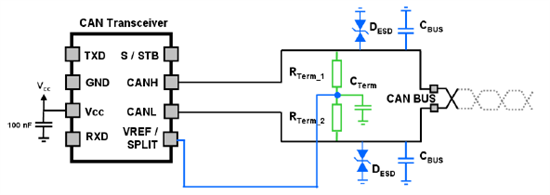Hi you.
Please give me a reply.
Has SN65HVDA1050A-Q1 followed up ISO10605 ?
As follows No1 and No2
My customer demand a ISO10605 Test-Level4.
This test-level is No1 and No2
・No1: Discharge for contact level 8kV.
・No2: Discharge in the air level 15kV.
※Regultion: CR is fixed 150pF , 2kΩ.
Best regaed BEN. from japan.


